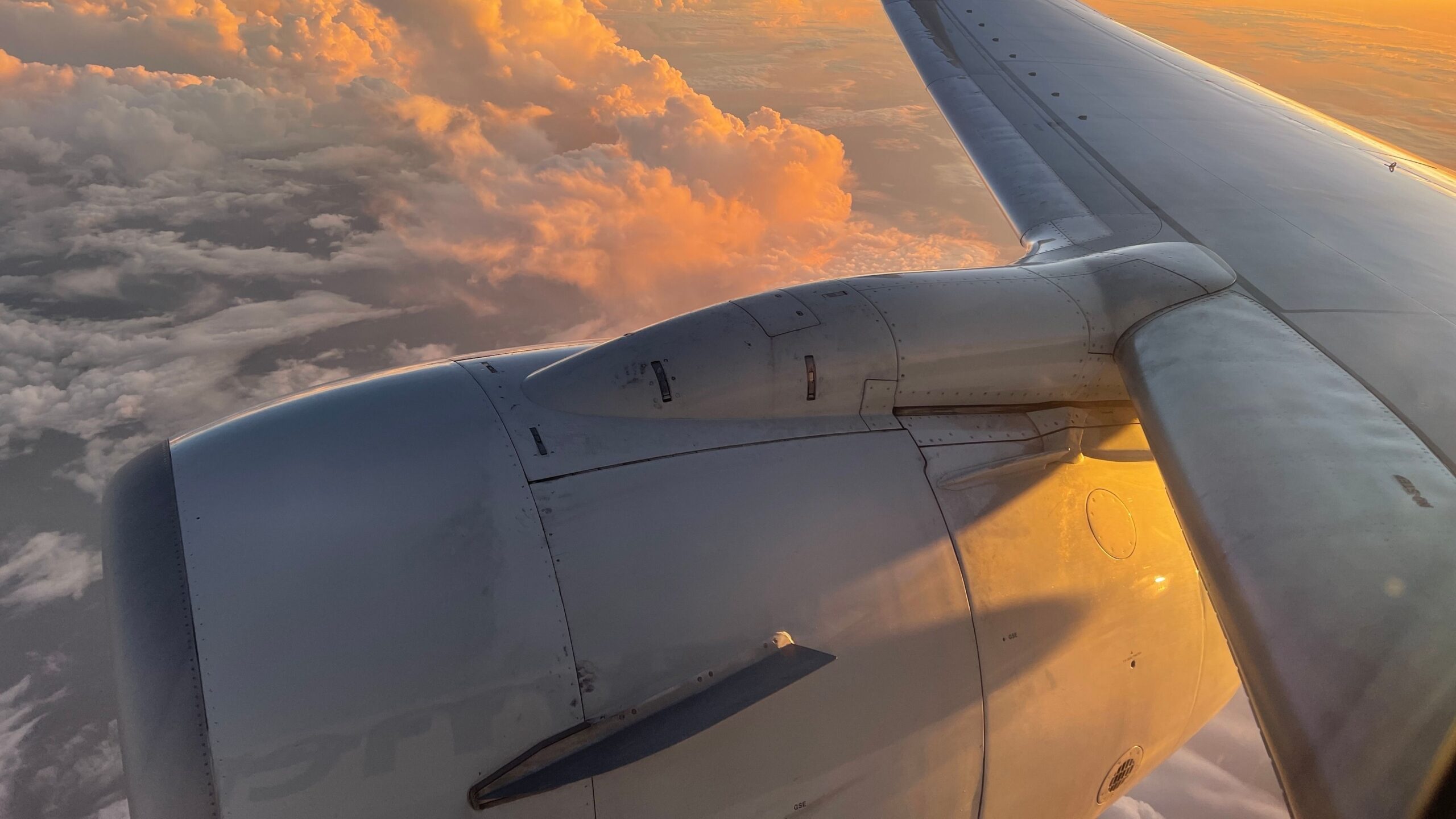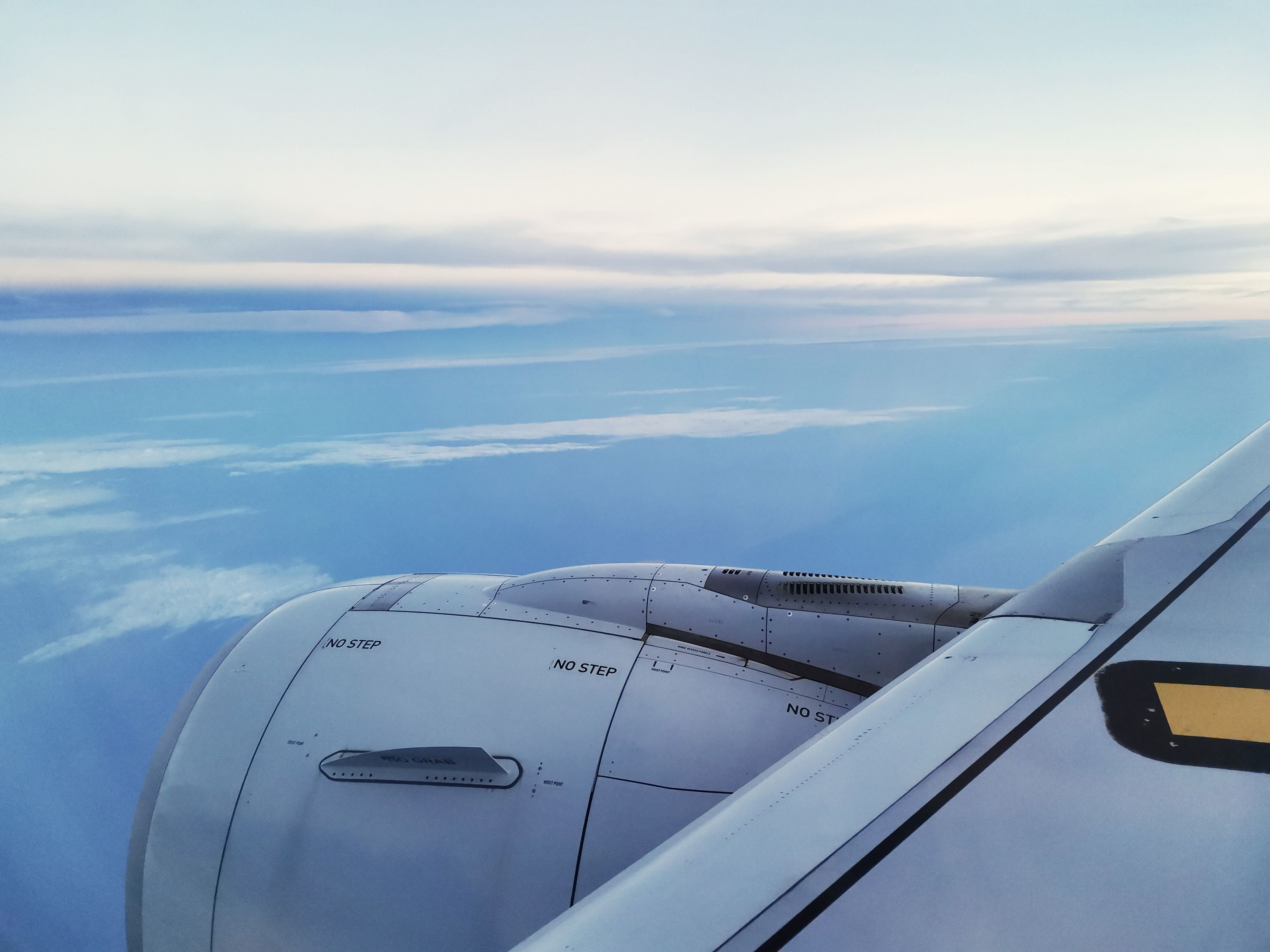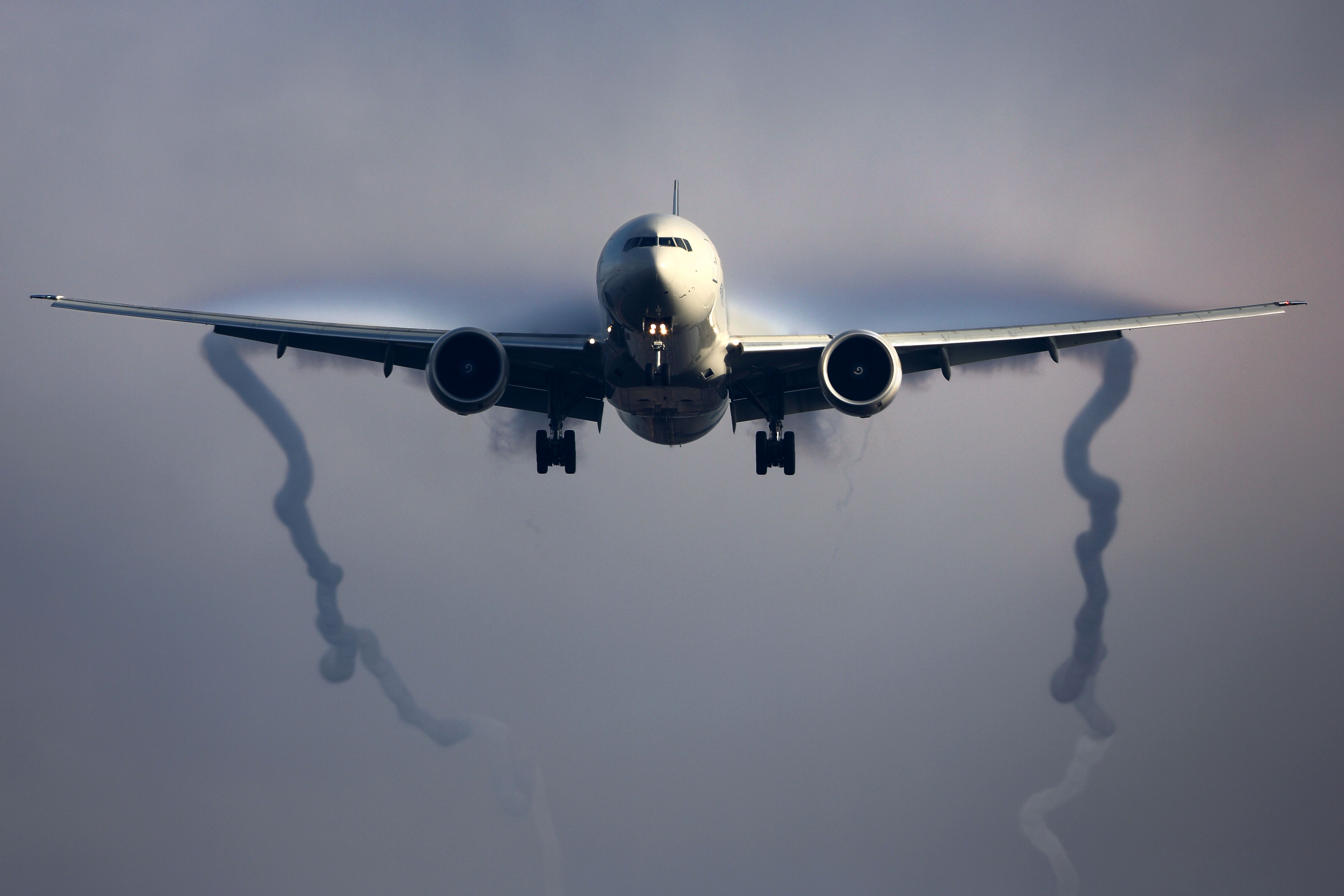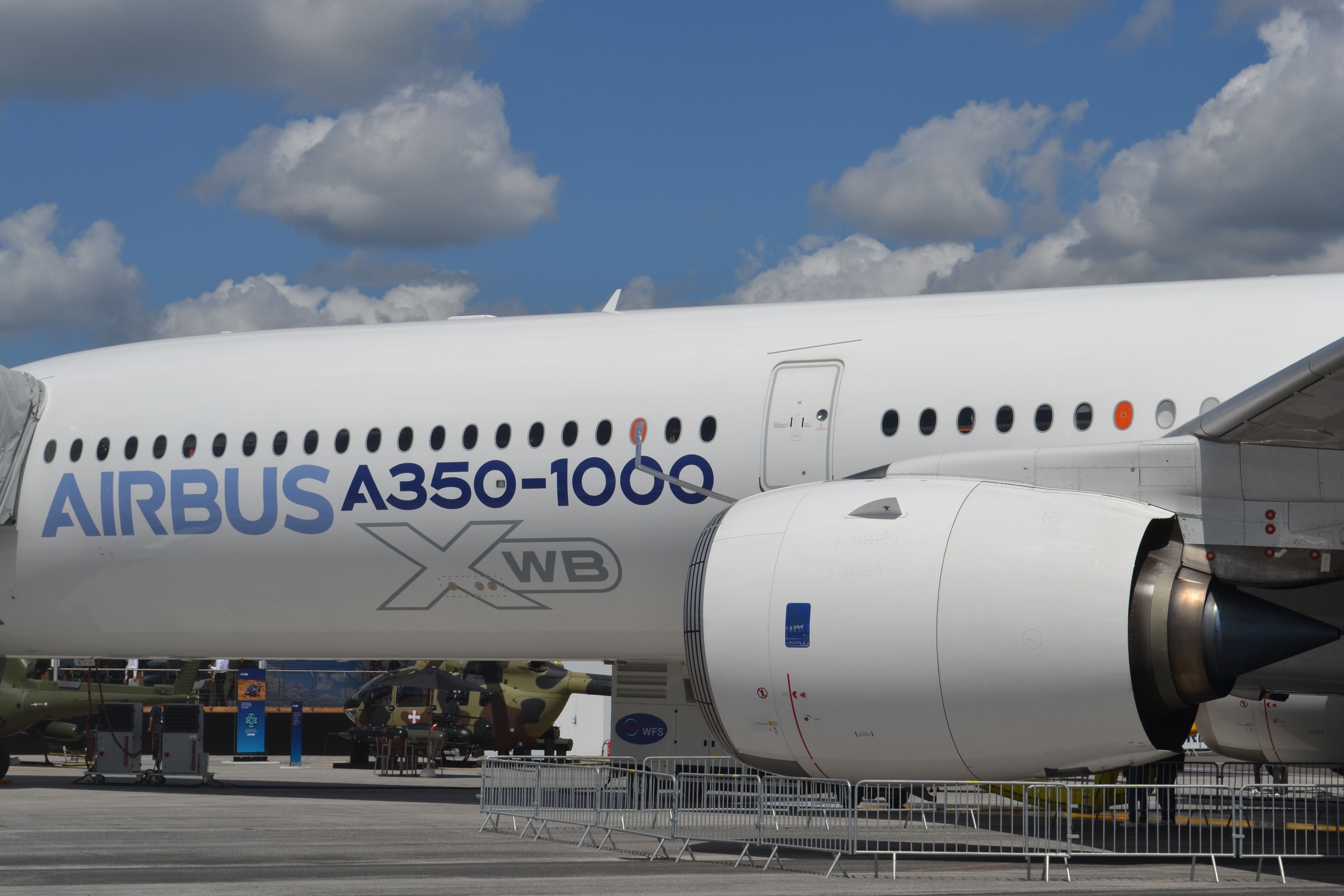Summary
- Nacelle Chines or Strakes are aerodynamic devices on aircraft engines that regulate airflow, preventing stall and increasing lift.
- They are found on nearly all jet airliners, including Airbus and Boeing models, and can potentially be made retractable for improved fuel efficiency.
- Nacelle strakes contribute to increased aircraft efficiency and sustainability, as they help reduce drag and improve overall aerodynamic performance.
Passengers who frequently sit in window seats by the aircraft wings and engines might have noticed that, besides their significant size, there are plenty of interesting features on the wings and engines. And perhaps one notable and frequently asked-about feature is the protruding, almost cut-out-like object on the side of the engine nacelle.
What are they called?
To paint a better picture, this three-dimensional-like object might look like a ‘miniature wing’ attached to the side of the engine nacelle, pretty much as though someone forgot to smooth that particular side of the cowling and cause a stray ‘strand’ to pop up. Occasionally, passengers might catch a glimpse of a ‘No Step’ warning near or on this particular object.
But fret not; these ‘miniature wings’ need not be smoothed and are evidently not meant for stepping on. They are actually known as Nacelle Chines or Nacelle Strakes. Purposely designed as either small delta-shaped or triangular panel sheets, these strakes are pointed-down aerodynamic devices that aid in regulating airflow.
Photo: oto-chan | Shutterstock
Unlike other features on the aircraft wings, these do not move at all and are not retractable. While there are many different types of strakes, such as nose and wing strakes, it’s no surprise that nacelle strakes get their names from their placement.
What do they do?
If an aircraft already has aerodynamically designed wings and other features to help regulate airflow, why are nacelle strakes still needed? This is primarily because of how big aircraft engines and the overall nacelles can be. During rotation and take-off, the engines’ immense size blocks out and separates a necessary amount of airflow, preventing them from reaching the wings.
Photo: Fasttailwind | Shutterstock
As the aircraft approaches the critical angle of attack when climbing, low airflow is not what the wings require as the possibility of a stall occurring increases. Although there are flaps and slats to create further lift, these features are less efficient when the airflow separates before the high-lift devices, like the upper part of the aircraft wings.
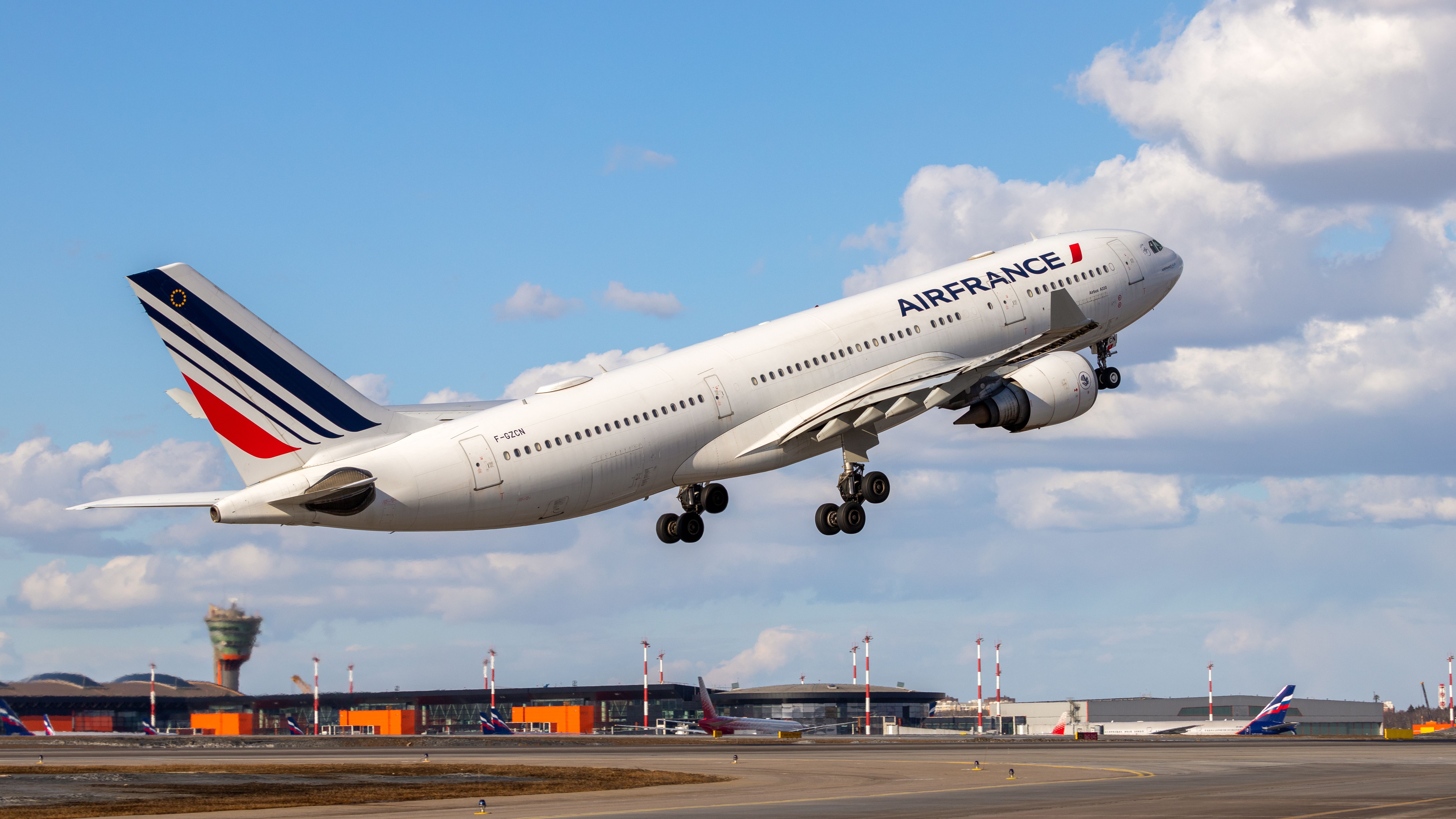
Find out more:
Aircraft Stalls: Why They Happen & How They Can Be Prevented
Techncally, you could stall an aircraft at any speed. Let’s take a look at how they happen and some cases where recovery was not successful.
This opens the need for nacelle strakes to counteract the airflow separation. These nacelle strakes can induce stable longitudinal vortices to redirect and reenergize the airflow over the engines and back upwards to even the upper part of the aircraft wings, generating essential lift as compensation. With these strakes, the aircraft can fly at a higher angle of attack with more lift, reducing the stall speed.
As GridPro summarizes:
“They affect the position and strength of the installation vortices leading to an increase in maximum achievable lift. Since strakes directly influence the wing’s lift generation capabilities, their design demands careful attention.”
Are they installed on every aircraft?
Nearly all jet airliners – regardless of commercial or military, have nacelle strakes installed, including the following aircraft:
- Airbus A320
- Boeing 737
- Airbus A330
- Boeing 777
- Boeing 787.
Photo: Aerospace Trek | Shutterstock
Some aircraft models even have two strakes on both sides of an engine, such as the Boeing C-17 Globemaster and McDonnell Douglas MD-11. New-generation aircraft models like the Airbus A321neo and Airbus A350-1000 also have two nacelle strakes on both sides of one engine.
Increased aircraft efficiency and fuel consumption
Nacelle strakes help an aircraft improve its aerodynamic performance and play a crucial role in promoting safety, stability, and efficiency. Although they are currently designed not to be movable or retractable, engineers are testing retractable strakes since the lack of movement does create some unnecessary drag during cruising.
If nacelle strakes could be retracted, the drag induction during cruising would be eliminated, which in turn would help to reduce overall fuel consumption and allow the aircraft to be slightly more fuel-efficient.
Supporting sustainability in the aviation industry
Engine strakes are just one feature of aircraft that helps drive aerodynamics, with wing tips being another (more clearly visible) design feature to reduce drag and improve how efficiently the aircraft flies. One of the most striking design features of Boeing’s upcoming 777X is its retractable wing tips, which will allow the giant widebody aircraft to fly as efficiently as possible while being able to navigate smaller airports and parking spots.
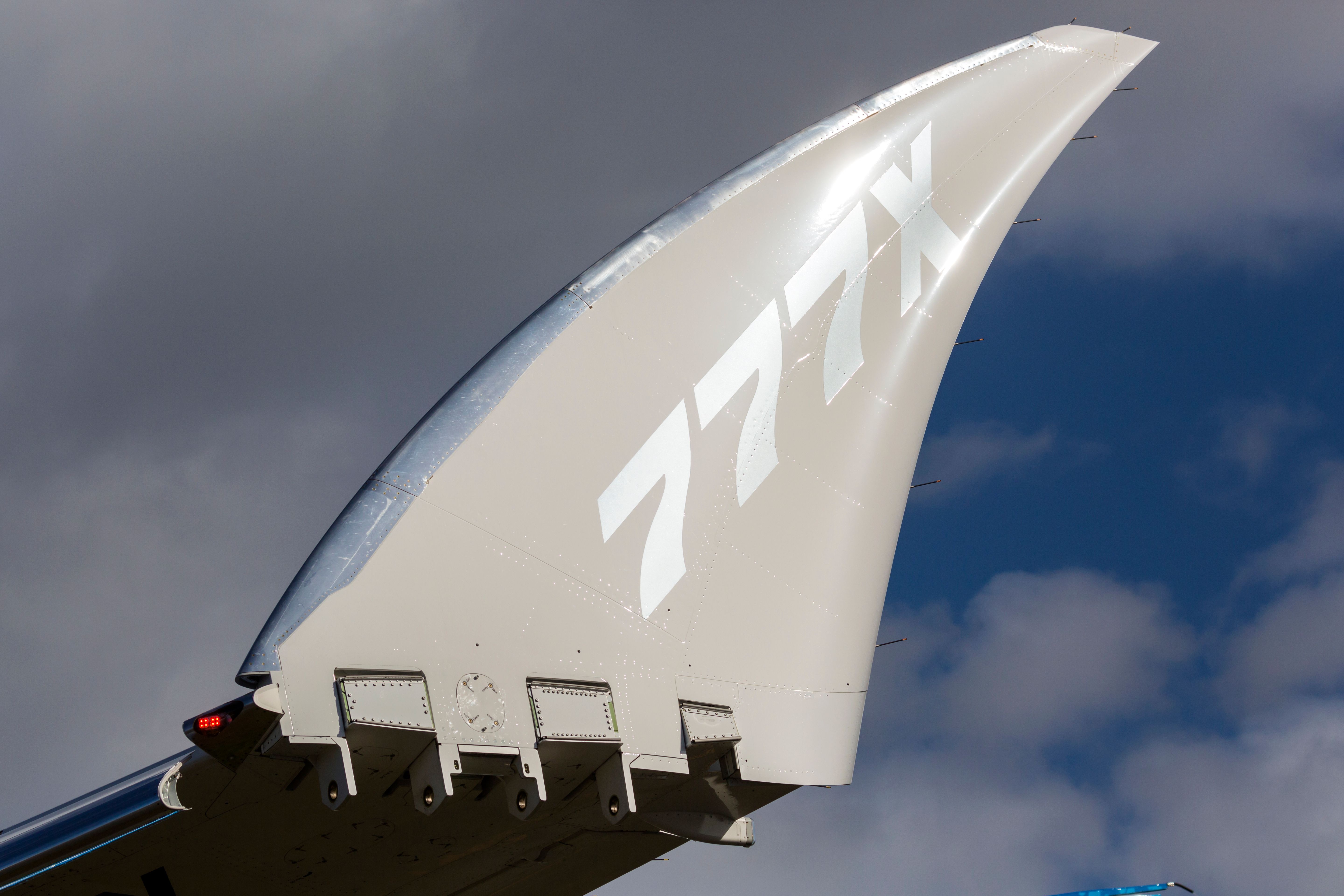
You might also like:
The Story Of The Boeing 777X’s Wingtips
The folding wingtip concept has been around for years but will make its commercial debut with Boeing’s latest widebody.
Flying more efficiently is a crucial element of making the aviation industry more sustainable. It is just one of the ways in which airlines and aircraft manufacturers are striving to achieve their environmental objectives. Many countries are working towards reaching carbon net zero within their aviation industries by 2050, tying into wider sustainability movements across the world.
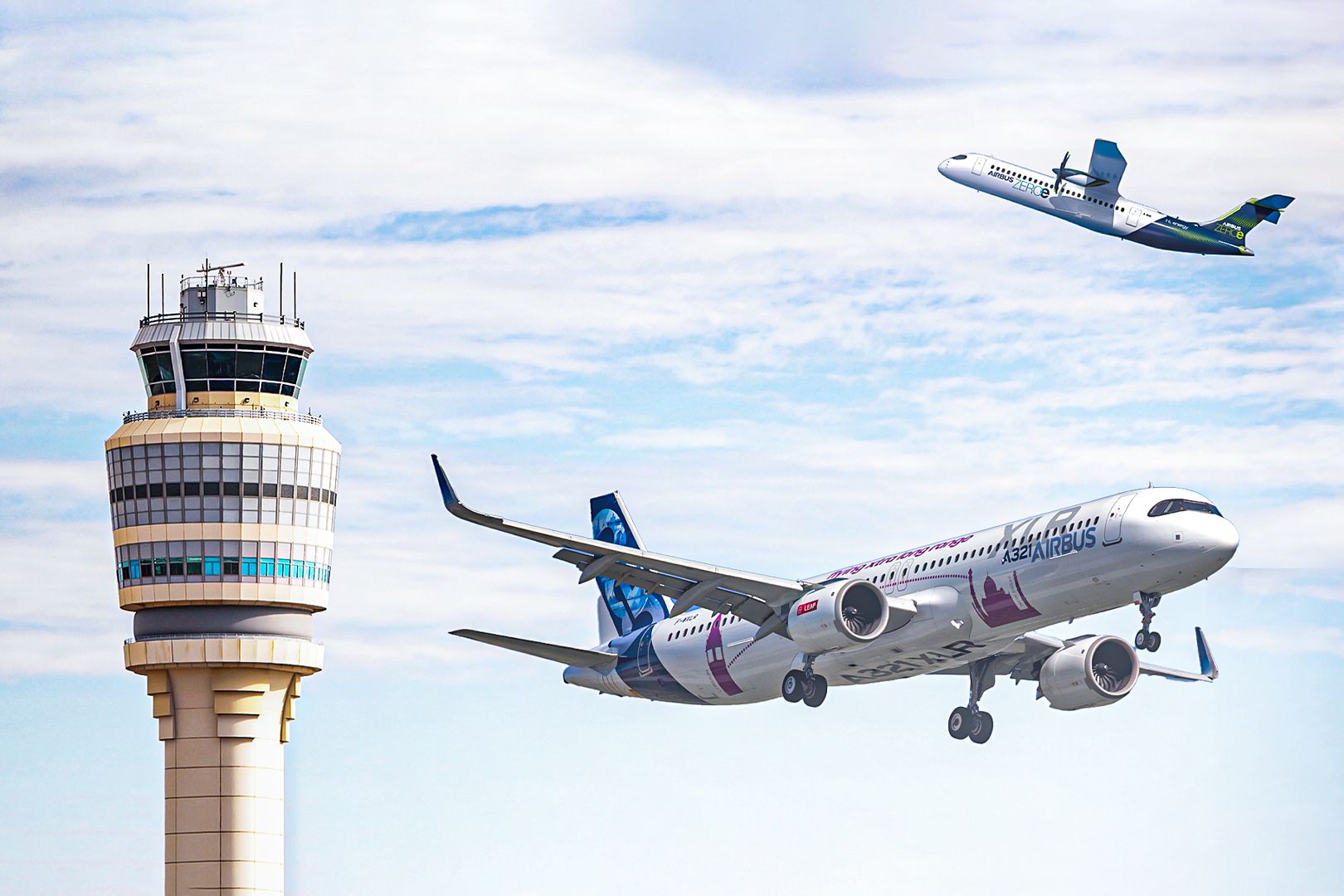
You might also like:
Sustainability: Here’s How Airbus Is Working Towards Net-Zero By 2050
Airbus spoke to Simple Flying about hydrogen-powered aircraft, the A380, and its yearly $2 billion investment in sustainable innovations.
